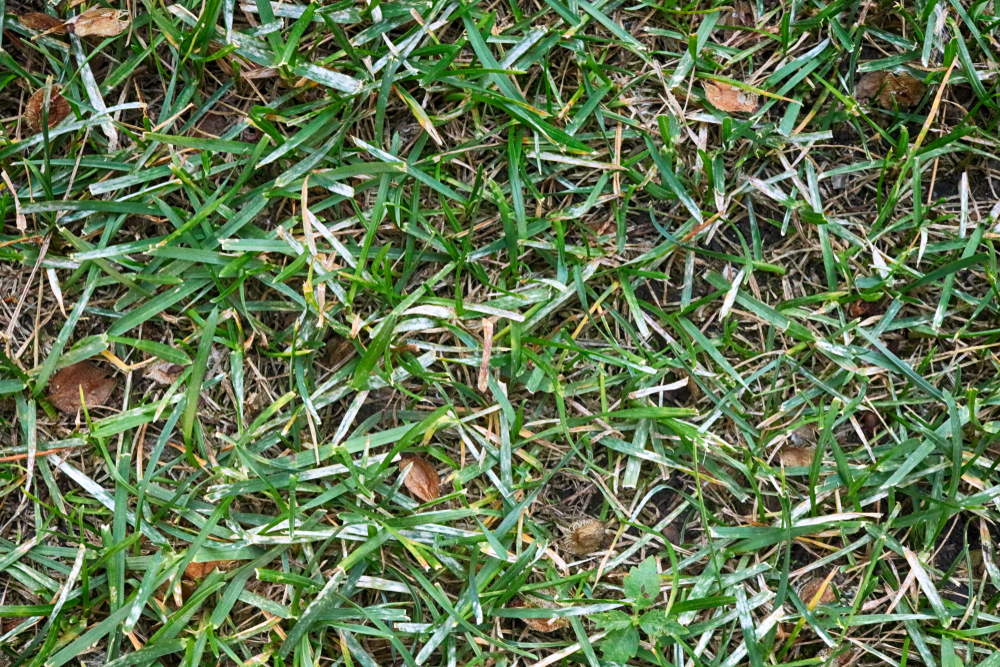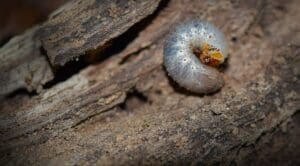
Welcome to a new week. Last week we started a new blog series about different types of lawn diseases. So far, we have covered Brown Patch and Dollar Spot. Today we are going to continue with that series by talking about Powdery Mildew.
This disease in a lawn usually is because you’re trying to grow grass in a bad area. Caused by a type of fungus, the first symptom is that your blades of grass have lights spots on them. Many times, the homeowner doesn’t notice them. As it progresses, you’re going to notice some white patches. They’ll look as if they’ve been sprinkled using talcum powder.
How to Treat Powdery Mildew
When you have a problem with powdery mildew, you can temporarily eliminate those symptoms using a specific fungicide for treating powdery mildew. However, the disease will return if you don’t do something to improve your growing conditions. grass loves sunlight and grows best in open locations. It needs lots of sun and ample air circulation.
Powdery Mildew will take hold in those shady locations that have little or no air movement. Watering late during the evening, so your lawn can’t dry before night falls will encourage the disease further.
You can control powdery mildew in your lawn by opening the area up better so that the lawn receives more sunlight and air movement is increased. Shade can be reduced by removing or pruning shrubs or trees that are shading your grass.
If that’s not possible, think about covering that area using attractive mulch rather than trying to grow your grass in a hostile area. That area beneath trees is the ideal spot for a s shady retreat with some potted plants that love the shade and garden seating.
How to Control Powdery Mildew
Powderly mildew can be discouraged with some tips that you can use to keep your grass healthy even in the shady areas. However, these only are effective in partial or light shade.
- Be Sparing with Nitrogen Fertilizer – When you have grass growing in the shade, it doesn’t need the amount that grass growing in the sun does.
- Infrequently & Deeply Water Shaded Grass – Your soil should be absorbing the water at a depth of 6-8 inches.
- Change Watering Time – You should water shaded areas early during the day. This will ensure your grass completely dries before nighttime.
- Let It Grow – Grass in your shaded areas should be a bit taller than grass in the sunny areas. let it grow to around 3” before you mow it.
- Overseed – Overseed your existing grass using a mixture made for the shade.
Take the proper steps to treat the powdery mildew once you have found it on your lawn. If you let it progress for too long, it’ll spread and cause patches of dead grass on your lawn.
Are you worried about your lawn and powdery mildew? Whether you want to have your lawn evaluated, you want to have your shrubs and trees pruned, or you are interested in one of our other services, contact us. We’ll be glad to give you a no-obligation quote based on your needs. Simply contact us and tell us what you’re looking for. Follow us on Facebook too to find out more!



